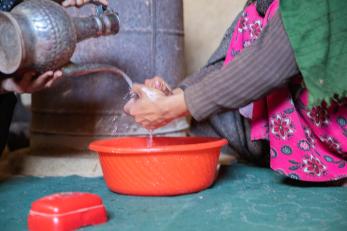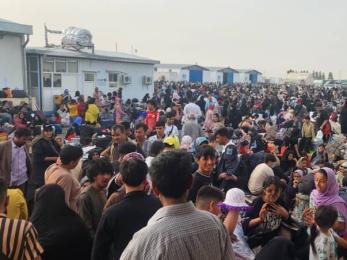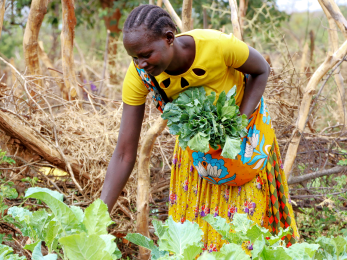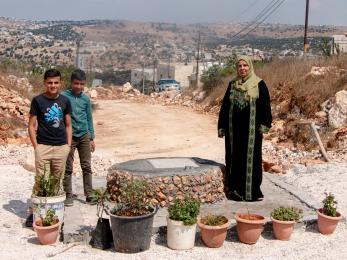Kabul’s Water Crisis
An Inflection Point for Action

09 May 2025
Kabul's Water Crisis
(1.56 MB)
This report outlines the escalating threats to water access, health, and stability in Afghanistan’s capital. With aquifers nearing depletion, widespread contamination, and funding for WASH programming at historic lows, the report highlights urgent priorities for humanitarian actors and donors. It also outlines practical, coordinated solutions—including improved water governance and regulation, and renewed investment in strategic infrastructure—to avert a large-scale urban water collapse.
Key findings
- Kabul’s water crisis is nearing a tipping point: Groundwater extraction dramatically exceeds natural recharge and nearly half of the city’s boreholes are already dry. Without urgent, coordinated investment, Kabul risks becoming the first modern capital to run dry.
- Water access is collapsing, and affordability is worsening: Some households spend up to 30% of their income on water, with over two-thirds incurring water-related debt.
- Water contamination is widespread: Up to 80% of groundwater is unsafe, with high levels of sewage, arsenic, and salinity—posing urgent public health risks.
- Data gaps and poor coordination are hampering response: Outdated assessments, fragmented programming, and lack of data sharing reduce the efficiency and impact of aid efforts.
- The report concludes with a discussion of opportunities for aid actors to engage the private sector to address Kabul’s water the crisis.


